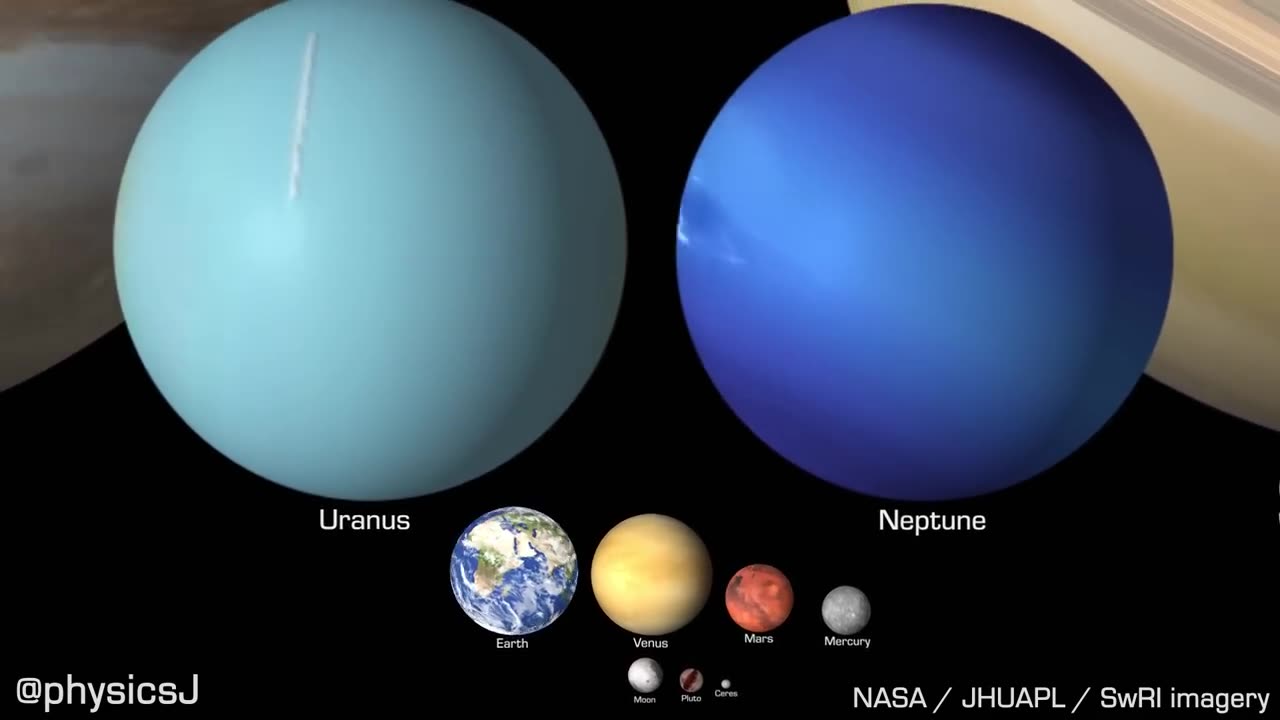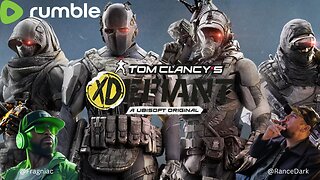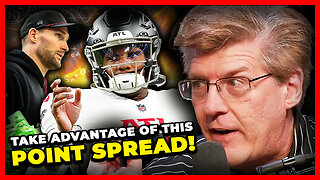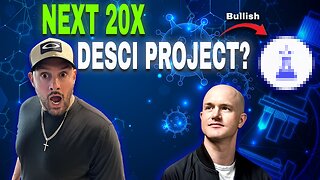Premium Only Content

Selected solar system
The solar system is the gravitationally bound system of the Sun and the objects that orbit it. The largest of such objects are the eight planets, in order from the Sun: Mercury, Venus, Earth, Mars, Jupiter, Saturn, Uranus, and Neptune. The terrestrial planets have a definite surface and are mostly made of rock and metal. The gas giants are mostly made of hydrogen and helium, while the ice giants are mostly made of 'volatile' substances such as water, ammonia, and methane.
The solar system was formed 4.6 billion years ago from the gravitational collapse of a giant interstellar molecular cloud. Over time, the cloud formed the Sun and a protoplanetary disk that gradually coalesced to form planets and other objects. That is the reason why all eight planets have an orbit that lies near the same plane. In the present day, 99.86% of the Solar System's mass is in the Sun and most of the remaining mass is contained in the planet Jupiter. Six planets, the six largest possible dwarf planets and many other bodies have natural satellites or moons orbiting around them.
Here are the eight planets of the solar system, in order from the Sun:
Mercury: The smallest and closest planet to the Sun. It has no moons and a very thin atmosphere.
Mercury planetOpens in a new window
en.wikipedia.org
Mercury planet
Venus: The hottest planet in the solar system. It has a thick atmosphere of carbon dioxide and sulfuric acid.
Venus planetOpens in a new window
www.space.com
Venus planet
Earth: The only planet known to support life. It has a thin atmosphere of nitrogen and oxygen, and a large variety of life forms.
Earth planetOpens in a new window
en.wikipedia.org
Earth planet
Mars: The fourth planet from the Sun. It has a thin atmosphere and no liquid water on the surface.
Mars planetOpens in a new window
www.space.com
Mars planet
Jupiter: The largest planet in the solar system. It is a gas giant with a thick atmosphere of hydrogen and helium.
Jupiter planetOpens in a new window
www.britannica.com
Jupiter planet
Saturn: The second largest planet in the solar system. It is a gas giant with a thick atmosphere of hydrogen and helium, and a system of rings made of ice and dust.
Saturn planetOpens in a new window
en.wikipedia.org
Saturn planet
Uranus: The seventh planet from the Sun. It is an ice giant with a thick atmosphere of hydrogen and helium, and a system of rings made of ice and dust.
Uranus planetOpens in a new window
en.wikipedia.org
Uranus planet
Neptune: The eighth and farthest planet from the Sun. It is an ice giant with a thick atmosphere of hydrogen and helium, and a system of rings made of ice and dust.
Neptune planetOpens in a new window
www.reuters.com
Neptune planet
In addition to the planets, there are many other objects in the solar system, including:
Dwarf planets: These are objects that are smaller than planets but larger than asteroids. Pluto is the most famous dwarf planet.
Pluto planetOpens in a new window
en.wikipedia.org
Pluto planet
Asteroids: These are small rocky bodies that orbit the Sun. They are mostly found in the asteroid belt, between the orbits of Mars and Jupiter.
Asteroid planetOpens in a new window
www.suse.com
Asteroid planet
Comets: These are icy bodies that orbit the Sun. When they get close to the Sun, they heat up and release a tail of gas and dust.
Comet planetOpens in a new window
www.nbcnews.com
Comet planet
Meteoroids: These are small pieces of rock or metal that orbit the Sun. They can sometimes enter Earth's atmosphere and burn up as a shooting star.
Meteoroid planetOpens in a new window
sciencenotes.org
Meteoroid planet
The solar system is a vast and complex place, and we are still learning about it. There are many mysteries that remain to be solved, such as the origin of life and the possibility of other habitable planets.
Sources
en.wikipedia.org/wiki/Solar_System#:~:text=The%20Solar%20System%20is%20the,water%2C%20ammonia%2C%20and%20methane.
Search related topics
Enter a prompt here
Bard may display inaccurate or offensive information that doesn't represent Google's view
-
 2:08:48
2:08:48
TheSaltyCracker
12 hours agoLefty Grifters Go MAGA ReeEEeE Stream 12-22-24
208K644 -
 1:15:40
1:15:40
Man in America
15 hours agoThe DISTURBING Truth: How Seed Oils, the Vatican, and Procter & Gamble Are Connected w/ Dan Lyons
123K117 -
 6:46:07
6:46:07
Rance's Gaming Corner
17 hours agoTime for some RUMBLE FPS!! Get in here.. w/Fragniac
161K3 -
 1:30:48
1:30:48
Josh Pate's College Football Show
16 hours ago $10.57 earnedCFP Reaction Special | Early Quarterfinal Thoughts | Transfer Portal Intel | Fixing The Playoff
93.6K1 -
 23:55
23:55
CartierFamily
3 days agoElon & Vivek TRIGGER Congress as DOGE SHUTS DOWN Government
134K156 -
 5:43:44
5:43:44
Scammer Payback
2 days agoCalling Scammers Live
226K30 -
 18:38
18:38
VSiNLive
2 days agoProfessional Gambler Steve Fezzik LOVES this UNDERVALUED Point Spread!
162K20 -
 LIVE
LIVE
Right Side Broadcasting Network
10 days agoLIVE REPLAY: President Donald J. Trump Keynotes TPUSA’s AmFest 2024 Conference - 12/22/24
3,323 watching -
 4:31
4:31
CoachTY
1 day ago $28.83 earnedCOINBASE AND DESCI !!!!
197K13 -
 10:02
10:02
MichaelBisping
1 day agoBISPING: "Was FURY ROBBED?!" | Oleksandr Usyk vs Tyson Fury 2 INSTANT REACTION
118K16